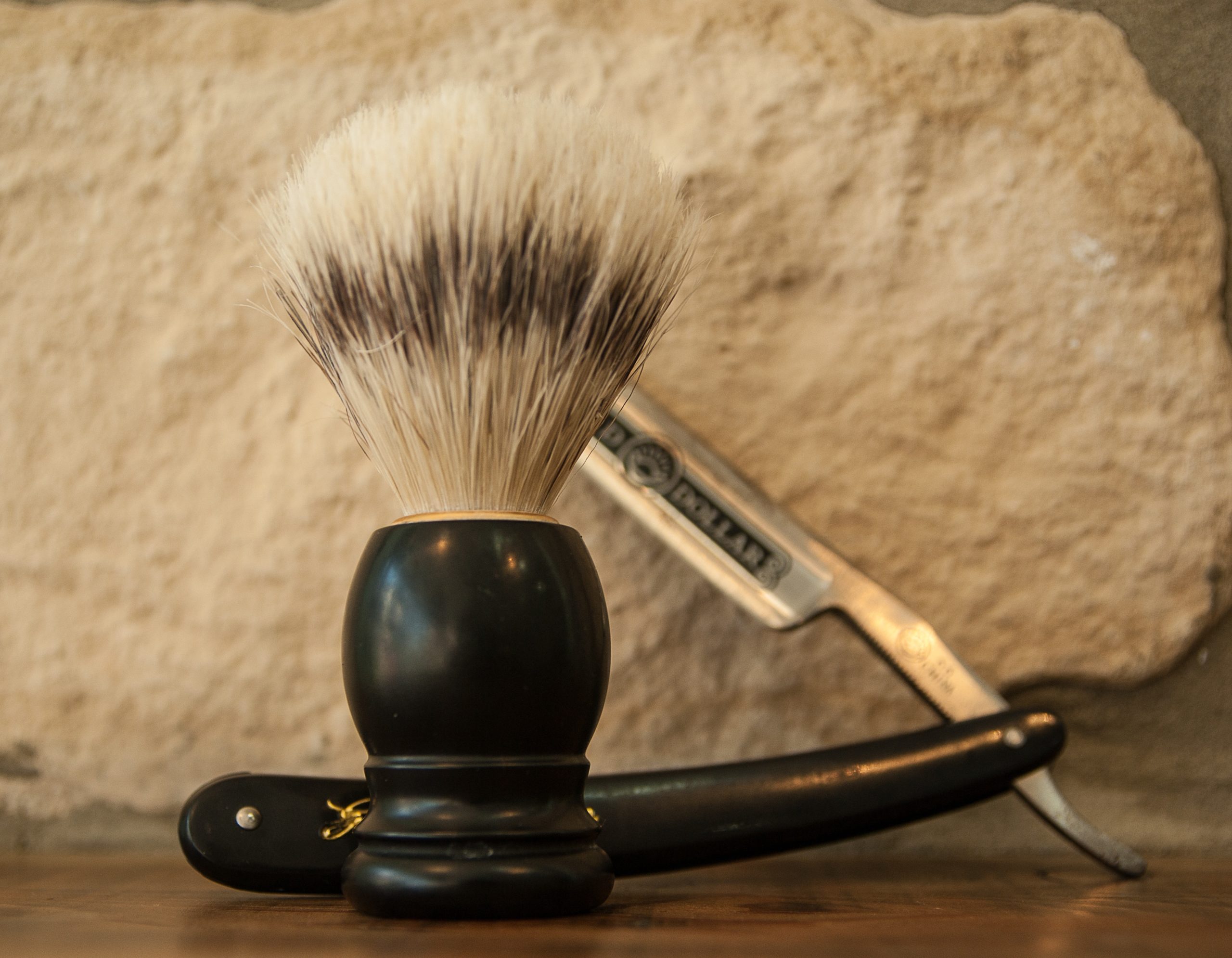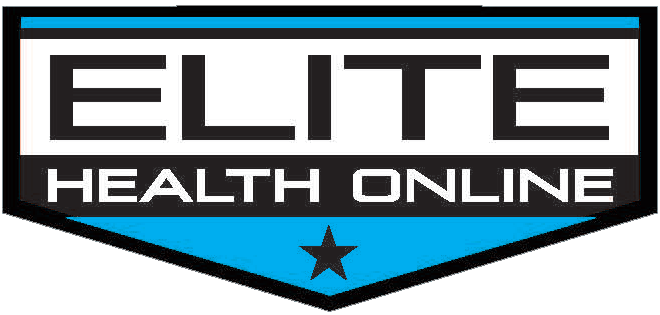
Have you been jonesing to grow one of those thick full beards that other guys seem to grow with no problem, and are getting all the attention – but you can’t? How many times have you tried to grow your beard out but finally shaved it off because you were embarrassed by the inevitable bald scrubby patches and wimpy hairs? Or maybe you’ve got the kind of beard that has thick patches, no patches, long hairs, short hairs, and no hairs. Either way, it totally sucks. Especially if you measure your manhood by your beard. It also suggests that you may have a little problem with…you guessed it… Testosterone! As with all causes and effects, testosterone and beard growth have this complex relationship.
Why is it so easy for some men to grow beards while others can’t? It will take a while for us to get to the bottom of that. You may not like some of what you read along the way but hang in there because we have solutions.
Testosterone and beard growth
Here’s a no-brainer: Testosterone is the primary male hormone.
You hear about it all the time. And may have already been supplementing with it to ramp up your muscle-building regimen. But what do you really know about testosterone? You know it’s got something to do with your testes, right? Yep! It may be produced in the testes by cells called Leydig cells, but they don’t actually stimulate testosterone production. Your brain is the leader of the pack when it comes to testosterone. It goes through a complex series of events and sends out hormonal messages to your body that eventually lead to the production of an androgenic steroid hormone called testosterone.
How Testosterone Works?
Testosterone works on the body in two different ways:
- It has androgenic effects, which include increasing protein metabolism and safeguarding against protein breakdown. This is why testosterone is linked to lean muscle growth and reduced body fat.
- It has anabolic effects, which include the development and maintenance of the vital male characteristics: strength, muscle growth, deep voice, full-body, facial hair, and sex drive.
What’s testosterone got to do with beard growth?
Testosterone doesn’t just keep your fertility in check, your sex drive accelerating at 6th gear, and your muscles pumped. Yes, peak testosterone levels build strong, confident men with low body fat and high libido, but they also maintain male characteristics.
Think about it. Before puberty, you’ve got testosterone, but not a whole lot. When your testosterone levels increase dramatically during puberty, your penis and testes increase in size, you all have spontaneous erections and wet dreams. Puberty was also the time during which your voice got deeper, Adam’s apple popped up, you started growing, and your body and face started sprouting hair. That process typically continues into your twenties. Then all of a sudden, you hit your early thirties, and your hormone production starts to crash. Okay…it doesn’t necessarily crash, but it does steadily decrease by 1-2% per year. And it doesn’t stop.
Uh-oh! That suck!
What happens when your testosterone levels decline? Your masculine characteristics or your manhood go with them, including your muscle mass, energy, and strength. You can say goodbye to your sex drive and hello to belly fat. Your hair starts to thin out and become weak. And erections? Fuhgeddaboudit!
Now let’s get back to beards.
Think about the most ‘manly’ guy you know. Is he strong? Confident? And, has a beard to die for? That’s because somewhere along the way, beard became a significant indicator of masculinity. Studies have even proved it! So even though scientists think that beard came about as an evolutionary attempt to protect men from the elements and help them blend into the background while stalking prey, facial hair has taken on social and evolutionary value.
#1 Social fact: Thick luscious facial hair growth is a sign of optimal health and fitness.
#2 Social fact: People see a beard and think “he’s hot” and signify that you are at your sexual peak.
#3 Social fact: Enemies and competitors are leary of a man with a beard.
A study in the American Psychological Association journal suggested that when women judge the attractiveness of men, they take into account whether a man has facial hair or is clean-shaven. Which one did women respond to more? You guessed it. Most women in the study found men with full beards more attractive. They said that a hearty beard exhibited confidence, masculinity, dominance, and courage.
Okay, okay, okay. You already know this, or you wouldn’t be here trying to figure out how to get your beard on.
It doesn’t just run in the family.
Has somebody told you, “don’t worry about it, man, it runs in the family?” Well, that may be true, but poor beard growth is linked to two key hormones – Testosterone and Dihydrotestosterone (DHT).
Never heard of DHT? It seems odd that we don’t hear about DHT very often because it is more powerful than Testosterone. It’s a metabolite of testosterone— kind of like testosterone’s uber-kid- and it cannot be produced without good levels of testosterone. We won’t get into all the details here. What’s important is that high levels of testosterone= high DHT production.
Research has shown that both DHT and testosterone work together in the development and growth of the body and facial hair. They act as a tag team: Testosterone prepares your hair follicles to grow hair, and DHT promotes linear hair growth.
Why you do not have a manly beard?
So, basically, we’ve gone through all of this to get back to the simple answer. Crappy beard? Low-T.
No worries. You’ve got this. And we’ve got your beard…we mean, your back.
Symptoms of reduced testosterone can often be reversed by eating a healthy diet, exercising, and optimizing your hormone levels. You’ve probably already got the first two down. We got you covered for the third one. We know Hormone be Optimization inside and out, so if your beard resembles a long-abandoned golf course, contact us for a consultation. We’ll get you what you need to be the manly man that we know you are.
